Boost Organic Traffic Through On-Page SEO Strategies

25 Mar 2025
Introduction
In the digital landscape, driving organic traffic is
paramount for business success. On-page SEO
strategies are instrumental in enhancing your website's visibility and attracting
more visitors naturally. By optimizing various elements of your site, you
create an environment conducive to search engine recognition and user
engagement.
Understanding On-Page SEO
·
Defining On-Page SEO
On-page SEO encompasses all the optimization techniques
implemented directly within a website to improve its ranking on Search
Engine Results Pages (SERPs). These techniques include content
enhancements, keyword optimization, meta tag improvements, URL structuring, and
image optimization. By refining these elements, businesses can create an
SEO-friendly website that search engines favor.
·
Distinguishing On-Page from Off-Page SEO
On-page SEO focuses on elements within your website, while
off-page SEO involves external factors such as backlinks, social signals, and
domain authority. While off-page strategies help build a site's credibility,
on-page SEO ensures that search engines can accurately interpret and rank a
website’s content.
Crafting Compelling Content
·
Prioritizing High-Quality, Relevant Content
Engaging, well-researched, and audience-centric content
serves as the backbone of successful on-page SEO. Content must provide value,
answer user queries, and align with search intent. Search engines prioritize
informative and authoritative content, making it crucial to create
comprehensive articles, guides, and blog posts.
·
Incorporating Targeted Keywords Naturally
Keyword stuffing is obsolete; instead, integrate keywords
seamlessly into your content. Use primary and secondary keywords naturally
within headings, subheadings, and body text while maintaining readability.
Latent Semantic Indexing (LSI) keywords further enhance relevancy without
disrupting the flow.
Optimizing Title and Meta Descriptions
·
Writing Engaging Title Tags
Title tags should be compelling, concise, and include
primary keywords. They act as the first impression on search results and must
be crafted to increase click-through rates (CTR). Keep them under 60 characters
to ensure visibility in SERPs.
·
Creating Persuasive Meta Descriptions
Meta descriptions should summarize page content while
enticing users to click. Incorporate action-driven language and relevant
keywords within 150-160 characters. A well-optimized meta description improves
CTR and user engagement.
·
Utilizing Header Tags Effectively
Organizing Content using H1, H2, and H3 Tags
Header tags organize content hierarchically, improving
readability and SEO. The H1 tag should include the main topic keyword, while H2
and H3 tags structure subtopics logically, ensuring clarity for both search
engines and users.
Incorporating Keywords in Headers
Embedding keywords within headers reinforces content
relevancy. However, avoid excessive keyword placement—maintain a natural and
reader-friendly approach.
Enhancing URL Structure
·
Designing SEO-Friendly URLs
Concise and descriptive URLs improve user experience and
SEO. URLs should reflect the content topic, exclude unnecessary characters, and
use hyphens to separate words.
·
Avoiding Dynamic and Complex URL Parameters
Lengthy, parameterized URLs can confuse users and search
engines. Keep URLs static, eliminating unnecessary query strings and numbers to
enhance clarity.
Optimizing Images for SEO
·
Implementing Descriptive Alt Text
Alt text improves accessibility and search visibility by
describing images to search engines. Ensure alt text is descriptive,
keyword-rich, and relevant.
·
Compressing Images for Faster Load Times
Large image files slow down page speed. Utilize compression
tools to reduce file size while maintaining image quality, ensuring faster load
times.
Internal Linking Strategies
·
Building a Cohesive Internal Link Structure
Internal links distribute page authority and guide users
through related content. Implement logical interlinking to enhance navigation
and SEO value.
·
Using Anchor Text Wisely
Anchor text should be descriptive and relevant, avoiding
generic terms like "click here." Proper anchor text usage strengthens
keyword association and improves search ranking.
Mobile Optimization
·
Ensuring Responsive Design
A mobile-friendly design is crucial in a mobile-first world.
Responsive web design ensures compatibility across devices, enhancing user
experience and SEO performance.
·
Improving Mobile Page Load Speed
Minimize unnecessary scripts, optimize images, and leverage
caching to enhance mobile page speed, reducing bounce rates and improving
rankings.
Enhancing Page Load Speed
·
Minimizing HTTP Requests
Reducing the number of elements loaded per page, such as
scripts and images, accelerates rendering time, positively affecting SEO.
·
Leveraging Browser Caching
Caching stores resources locally, enabling faster load times
for returning visitors. Implementing browser caching improves overall user
experience and engagement.
Utilizing Structured Data Markup
·
Implementing Schema Markup
Schema markup enhances search engine understanding of
content. Adding structured data can improve rich results, increasing CTR.
·
Enhancing Rich Snippets in SERPs
Rich snippets display additional information such as
ratings, prices, and event details, making search listings more informative and
appealing.
Optimizing for Featured Snippets
·
Crafting Content for Position Zero
Featured snippets appear at the top of search results.
Structuring content with direct, concise answers improves the chances of
securing this position.
·
Answering Common User Queries
Address frequently searched questions in a clear, bulleted,
or paragraph format to enhance discoverability.
Ensuring Content Readability
Utilizing Short Paragraphs and Bullet Points
Breaking down content into digestible sections enhances
readability and user engagement.
Choosing Clear and Concise Language
Simple, direct language makes complex topics accessible to a
broader audience.
Encouraging Social Sharing
Integrating Social Sharing Buttons
Easily accessible social sharing buttons encourage users to
share content, increasing visibility and reach.
Creating Shareable Content
Engaging, insightful, and visually appealing content is more
likely to be shared across social platforms.
Regular Content Updates
Maintaining Content Freshness
Updating content ensures continued relevance and sustained
SEO benefits.
Repurposing Content for Extended Reach
Adapting content into different formats, such as videos or
infographics, expands audience engagement.
Monitoring and Analysing Performance
Utilizing Analytics Tools
Google Analytics and other tools provide data-driven
insights into content performance and user behaviour.
Adjusting Strategies Based on Data
Refining SEO tactics based on analytics ensures continuous
improvement and success.
Building External Authority Links
Earning Quality Backlinks
Securing backlinks from authoritative websites strengthens
credibility and enhances rankings.
Guest Posting on Reputable Sites
Publishing content on high-authority platforms drives
referral traffic and boosts SEO standing.
Conclusion
Implementing effective on-page SEO strategies is a
cornerstone of increasing organic traffic. By optimizing various elements of
your website, you can enhance visibility, engage your audience, and achieve
sustainable growth.
Recent Articles
-
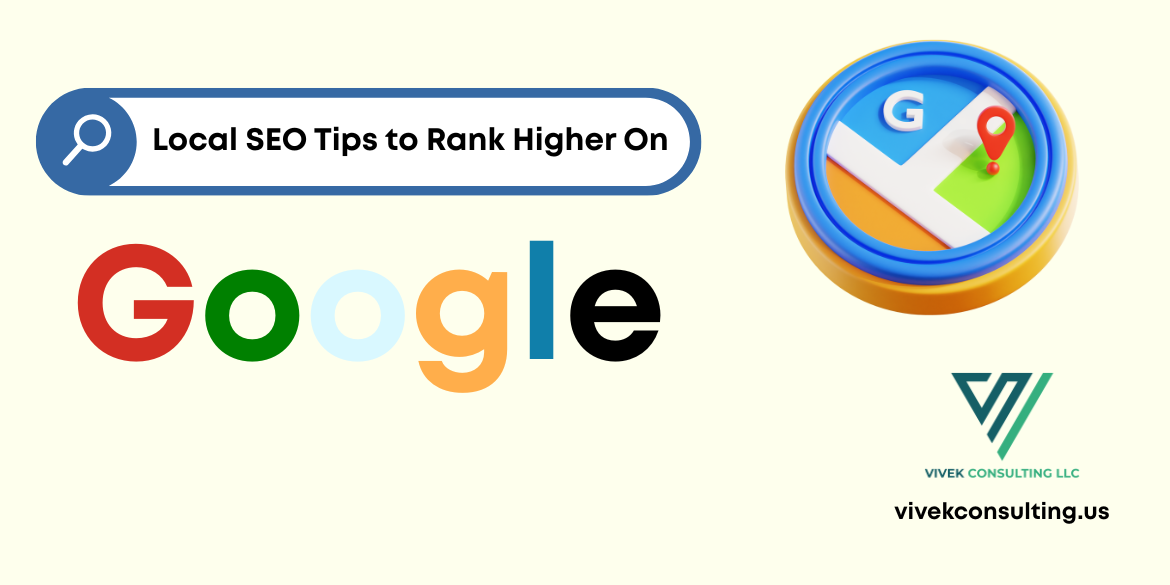 Want more local traffic? These Local SEO Tips to Rank Higher on Google will get you noticed
Want more local traffic? These Local SEO Tips to Rank Higher on Google will get you noticed
-
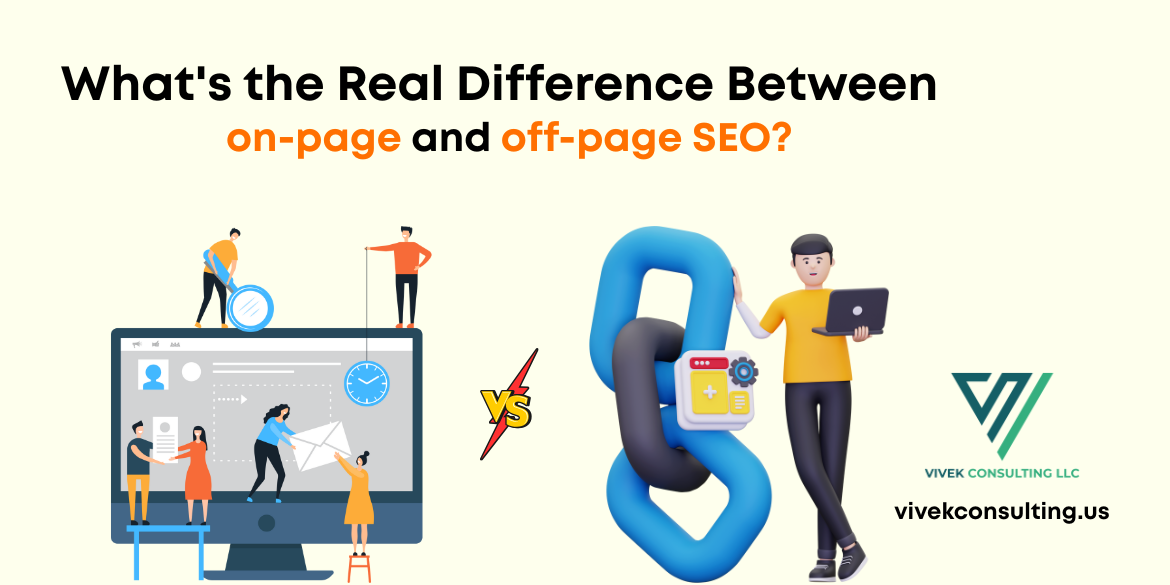 What's the Difference Between on-page and off-page SEO?
What's the Difference Between on-page and off-page SEO?
-
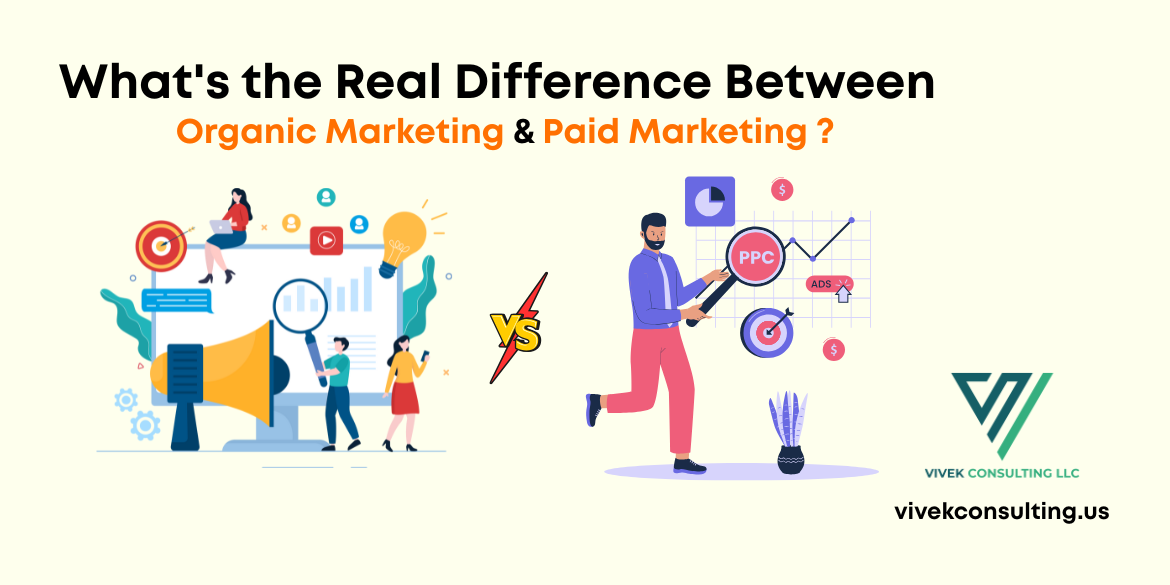 What's the Real Difference Between Organic and Paid Digital Marketing?
What's the Real Difference Between Organic and Paid Digital Marketing?
-
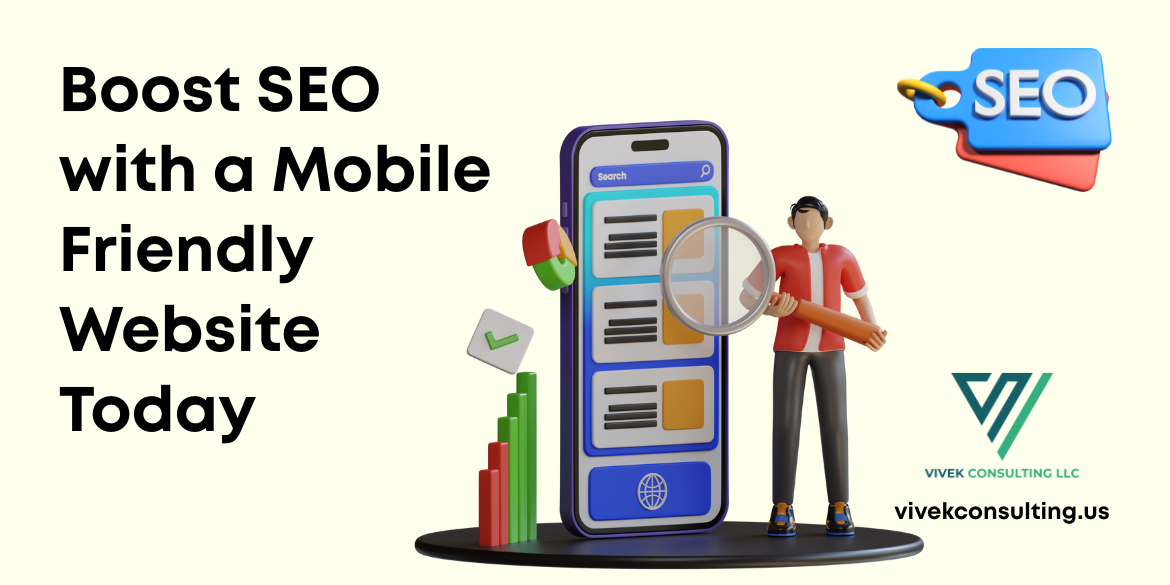 Boost SEO with a Mobile Friendly Website Today
Boost SEO with a Mobile Friendly Website Today
-
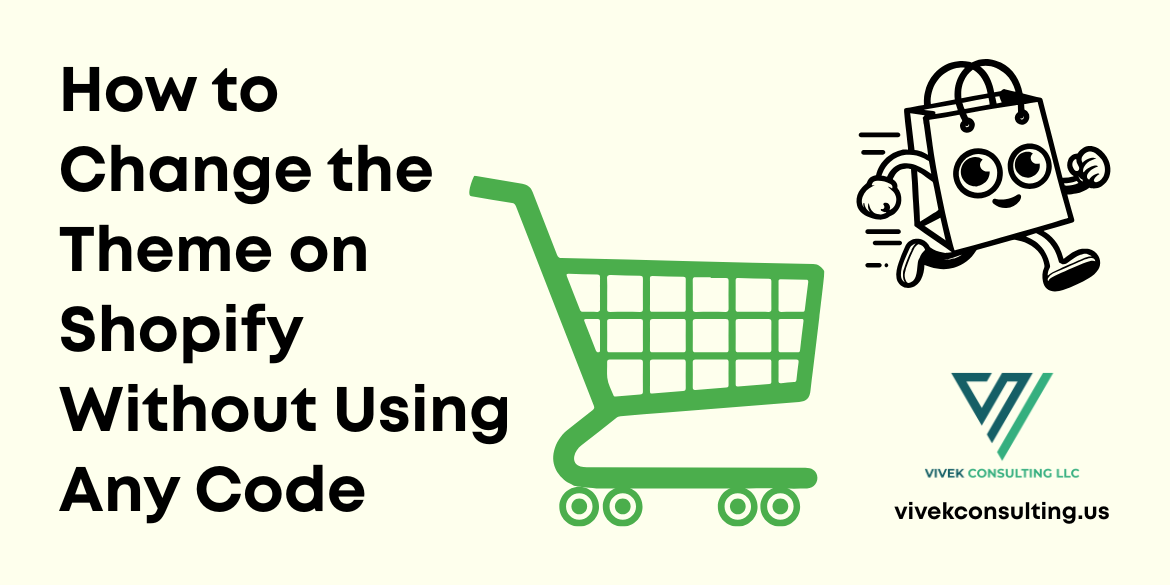 How to Change the Theme on Shopify Without Using Any Code
How to Change the Theme on Shopify Without Using Any Code
-
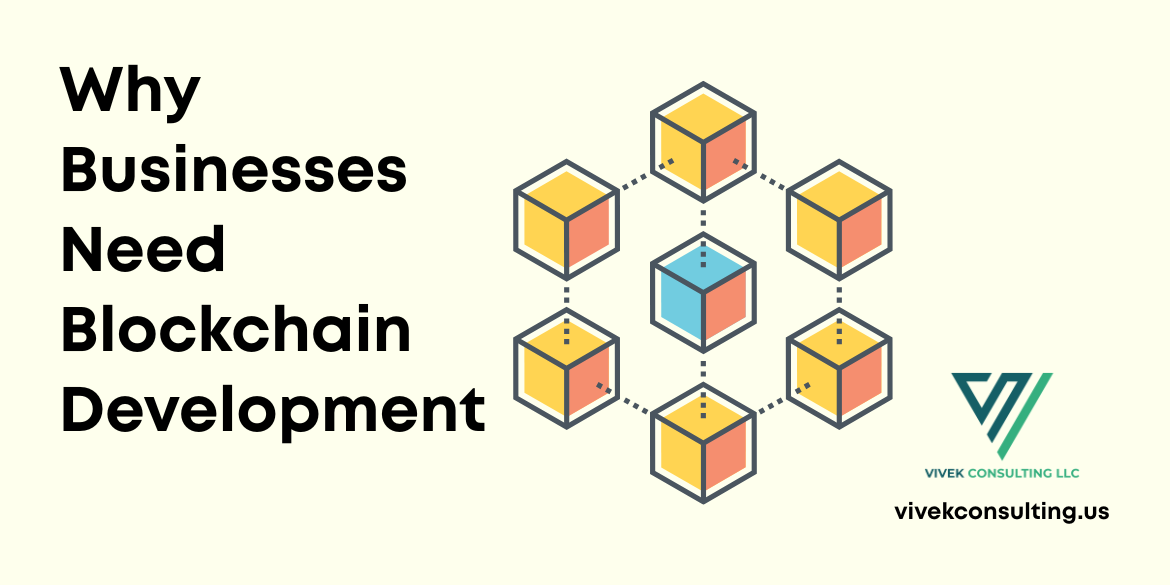 Why Businesses Need Blockchain Development
Why Businesses Need Blockchain Development
-
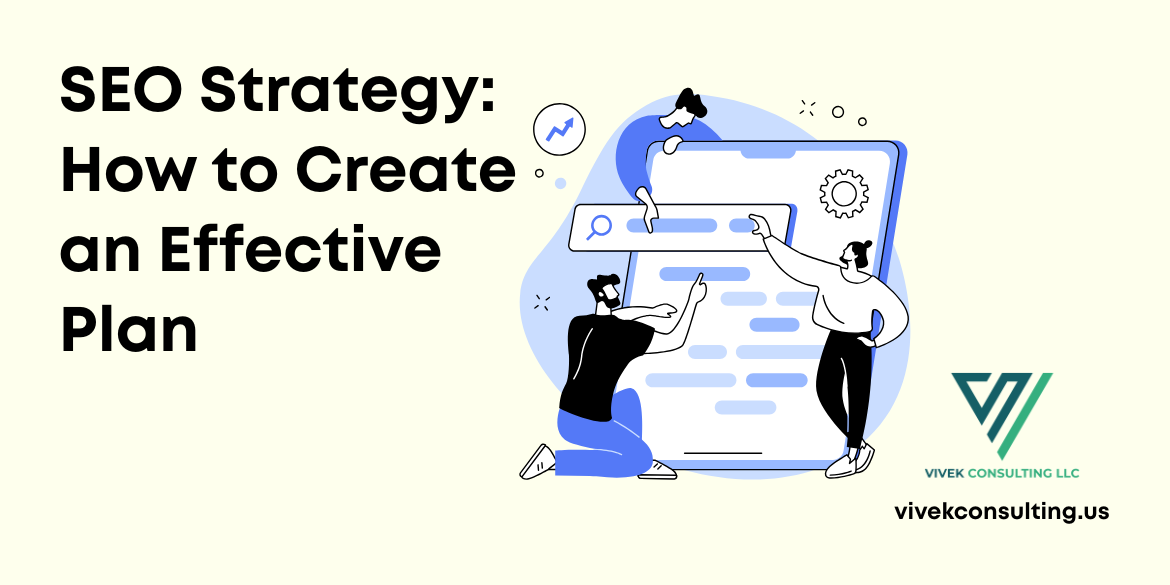 SEO Strategy: How to Create an Effective Plan
SEO Strategy: How to Create an Effective Plan
-
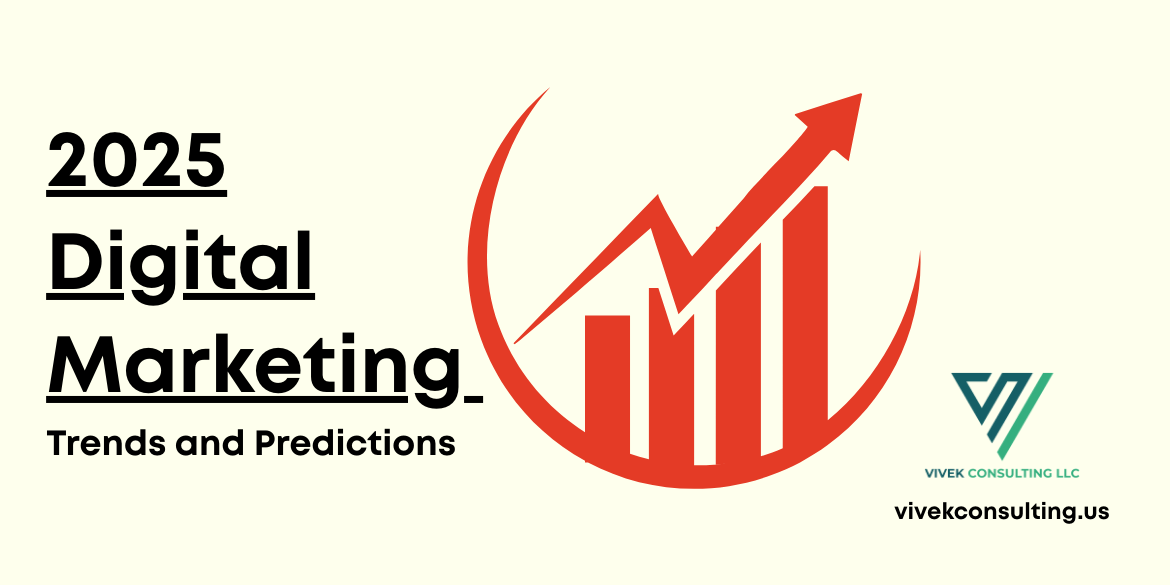 2025 Digital Marketing Trends and Predictions
2025 Digital Marketing Trends and Predictions
-
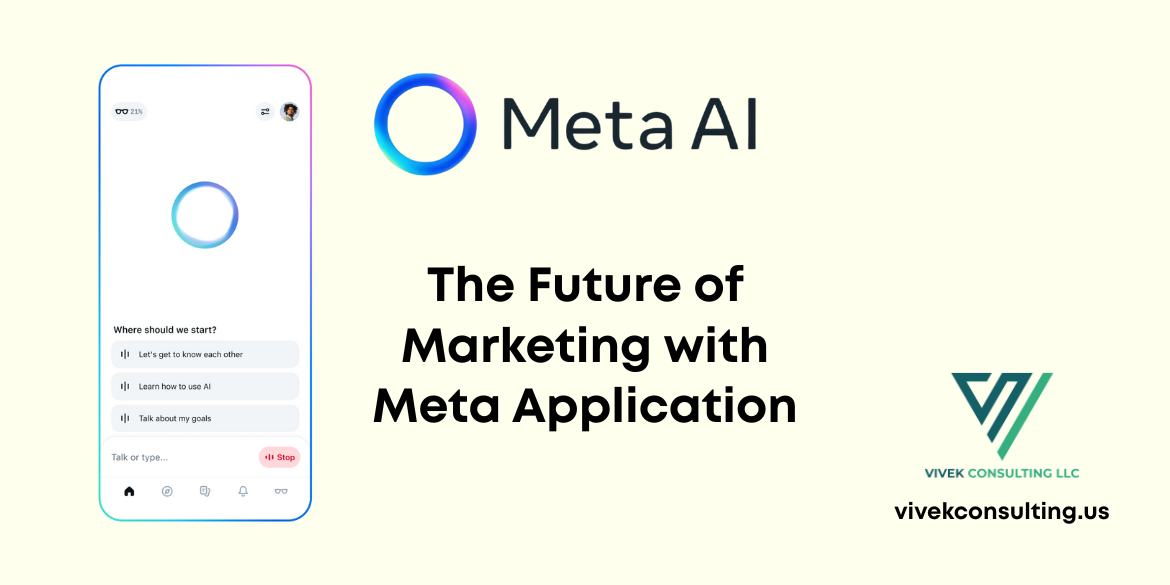 The Future of Marketing with Meta Application
The Future of Marketing with Meta Application
-
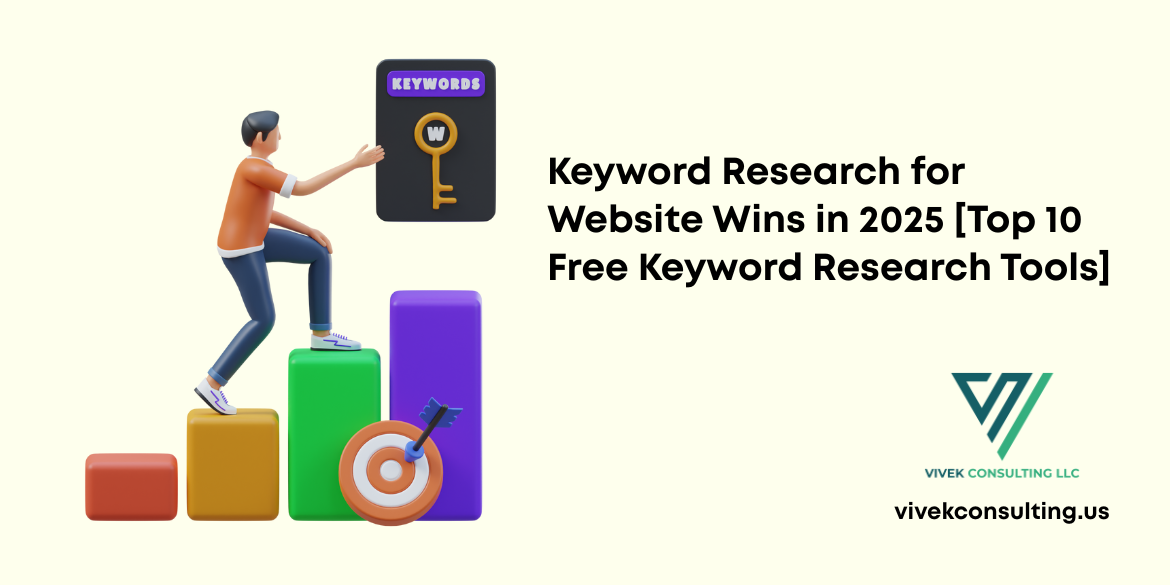 Keyword Research for Website Wins in 2025 [Top 10 Free Keyword Research Tools]
Keyword Research for Website Wins in 2025 [Top 10 Free Keyword Research Tools]
-
.png) Learning the SEO Audit Checklist. Every website should rank higher, load faster, and convert better without wasting time.
Learning the SEO Audit Checklist. Every website should rank higher, load faster, and convert better without wasting time.
-
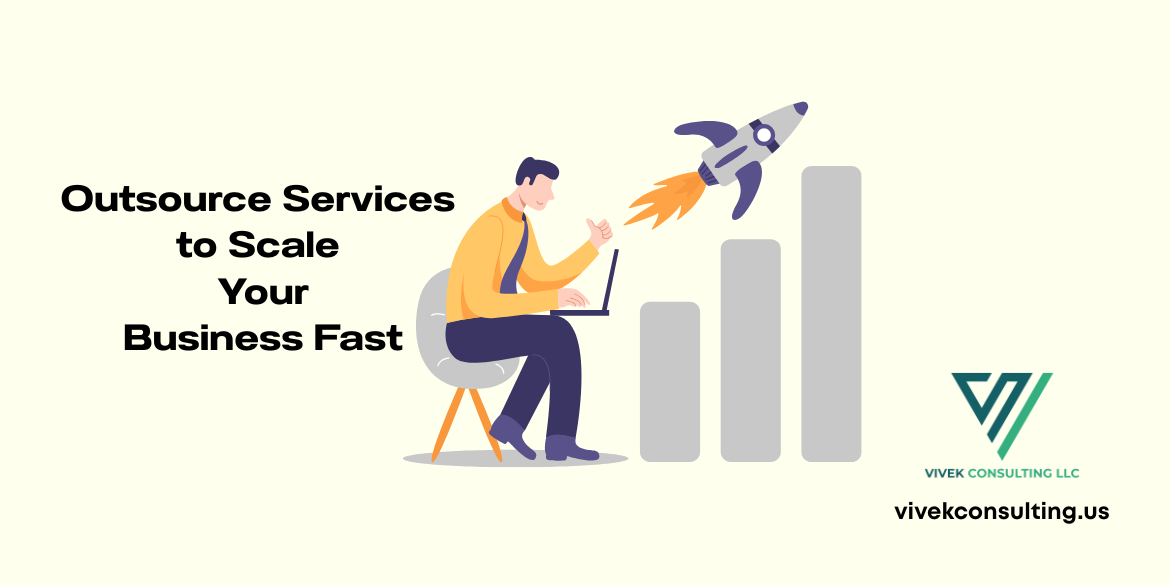 Ready for serious growth? Outsource services to scale your business fast and save time and money.
Ready for serious growth? Outsource services to scale your business fast and save time and money.
-
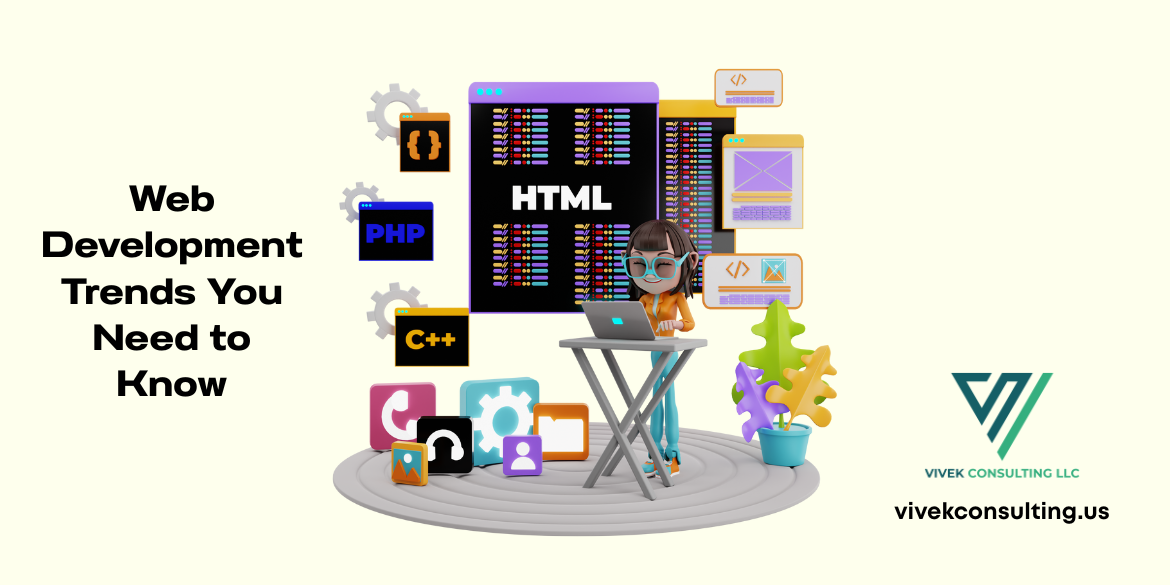 From AI to no-code, explore the Web Development Trends You Need to Know right now.
From AI to no-code, explore the Web Development Trends You Need to Know right now.
-
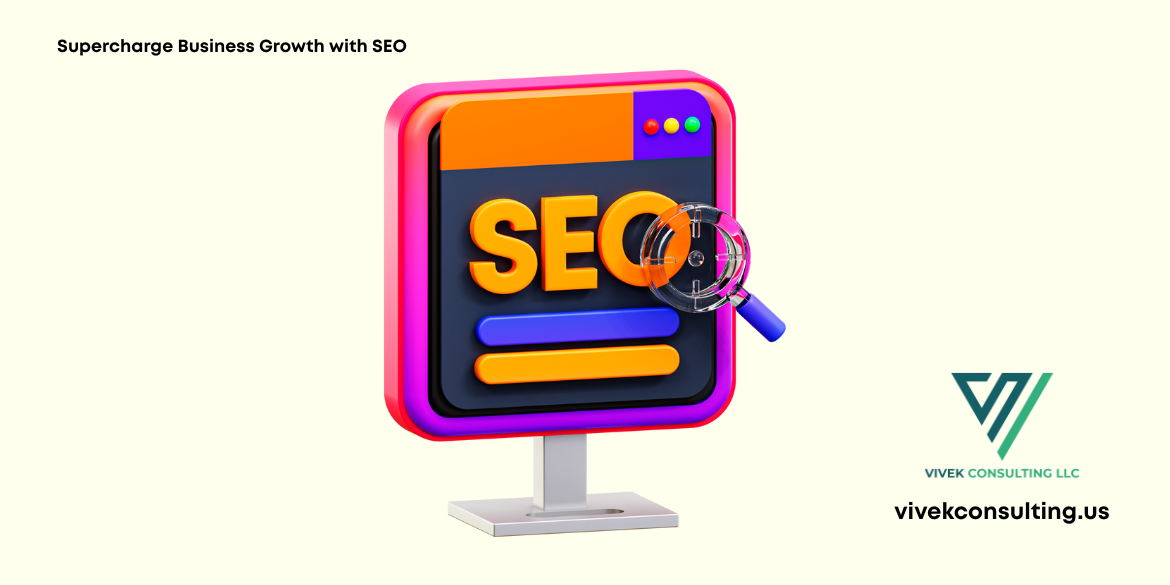 Supercharge Business Growth with SEO
Supercharge Business Growth with SEO
-
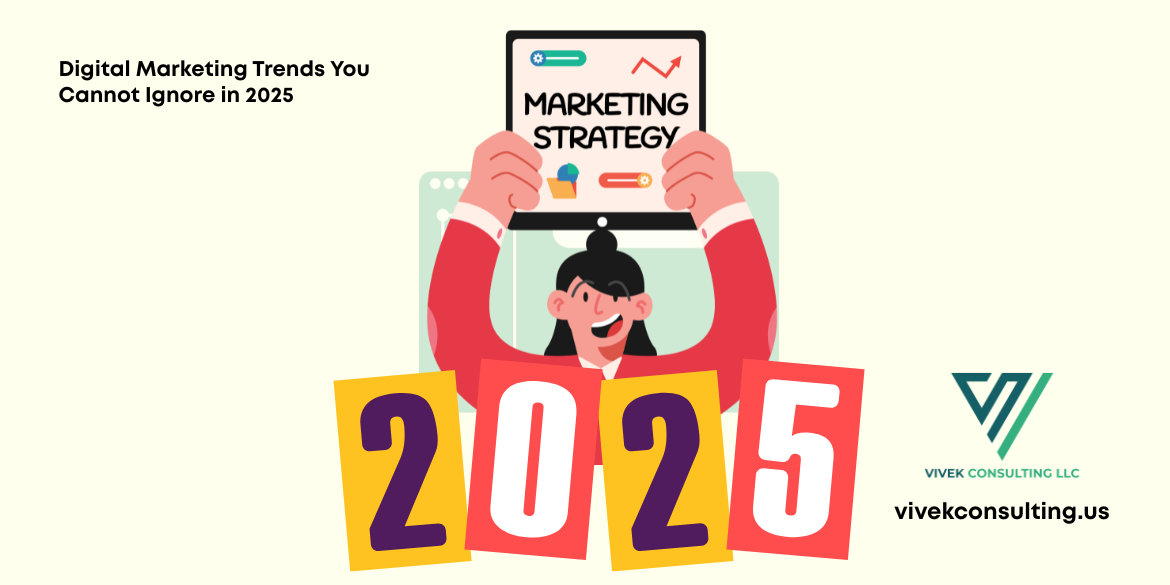 Digital Marketing Trends You Cannot Ignore in 2025
Digital Marketing Trends You Cannot Ignore in 2025
-
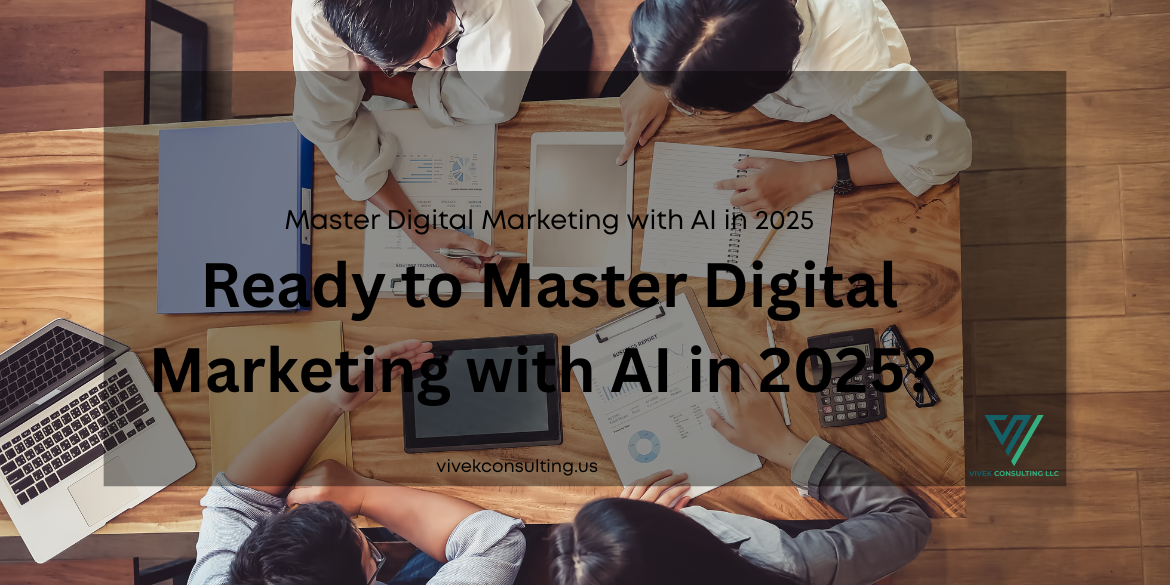 Master Digital Marketing with AI in 2025
Master Digital Marketing with AI in 2025
-
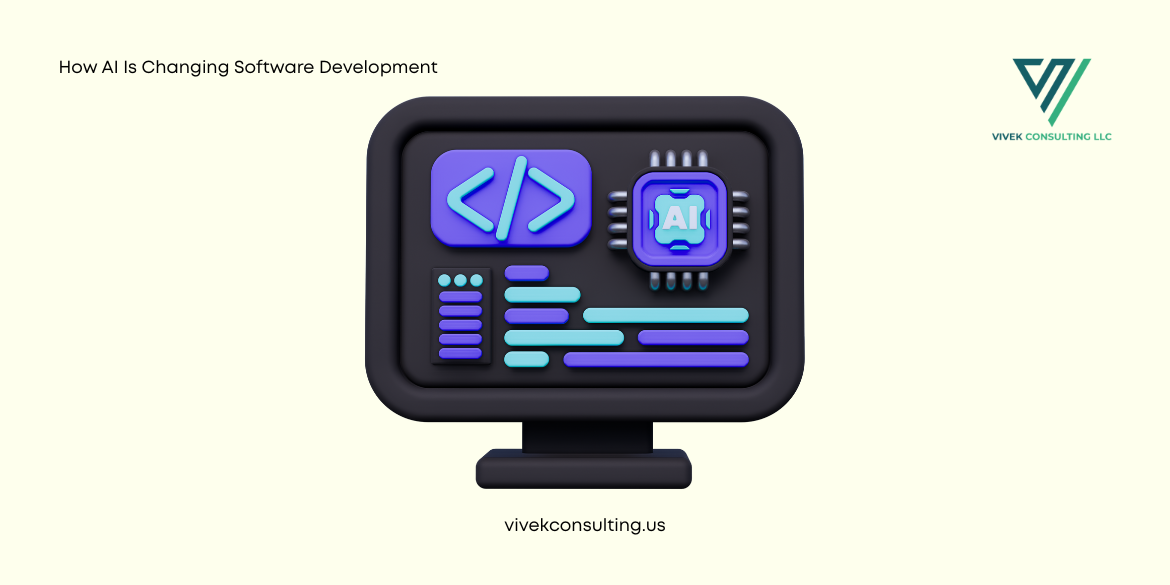 How AI Is Changing Software Development
How AI Is Changing Software Development
-
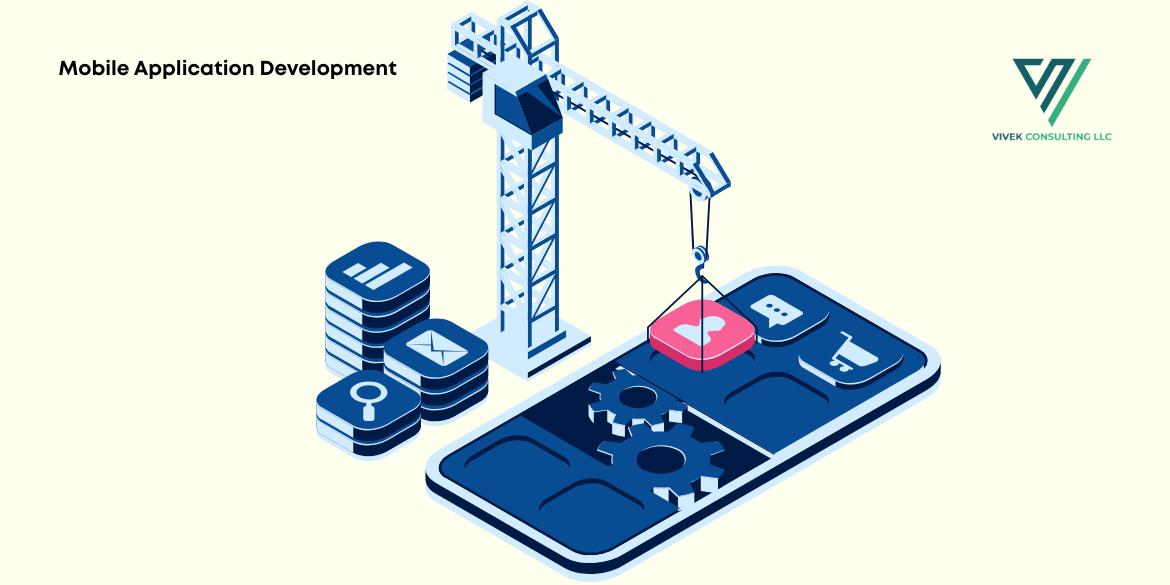 Mobile Application Development in 10 Easy Steps
Mobile Application Development in 10 Easy Steps
-
 Outsource Services to Boost Efficiency
Outsource Services to Boost Efficiency
-
 Ready to scale smart? Boost efficiency fast with managed services that work.
Ready to scale smart? Boost efficiency fast with managed services that work.
-
 Outsource Services: The Smart Move for Your Business
Outsource Services: The Smart Move for Your Business
-
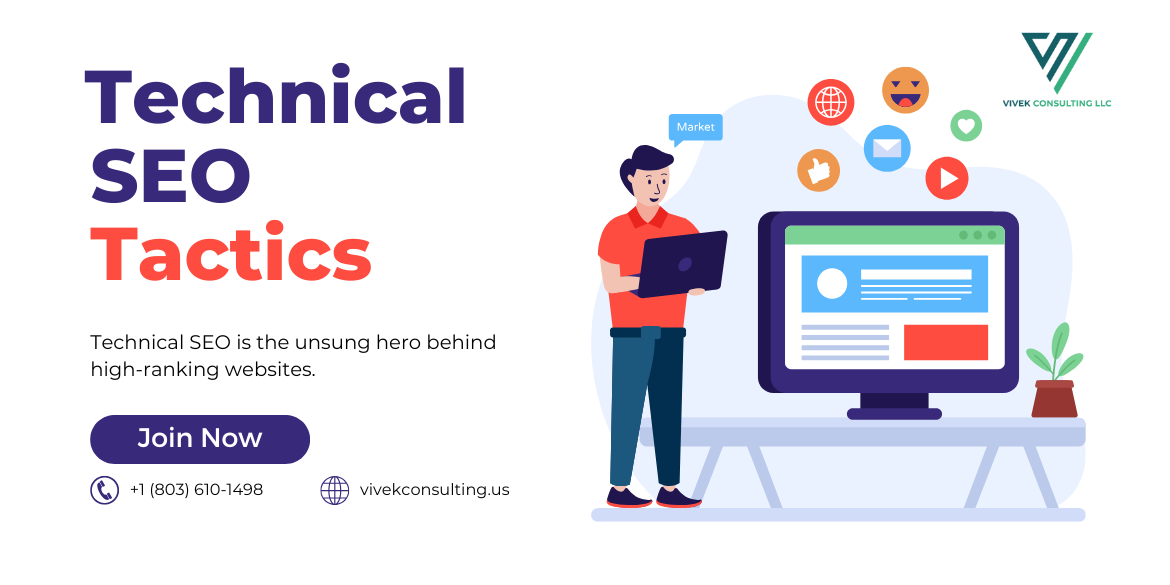 Technical SEO Tactics to Skyrocket Your Rankings
Technical SEO Tactics to Skyrocket Your Rankings
-
 The digital world is evolving fast. Here is the web development trends you can’t ignore if you want to stay competitive.
The digital world is evolving fast. Here is the web development trends you can’t ignore if you want to stay competitive.
-
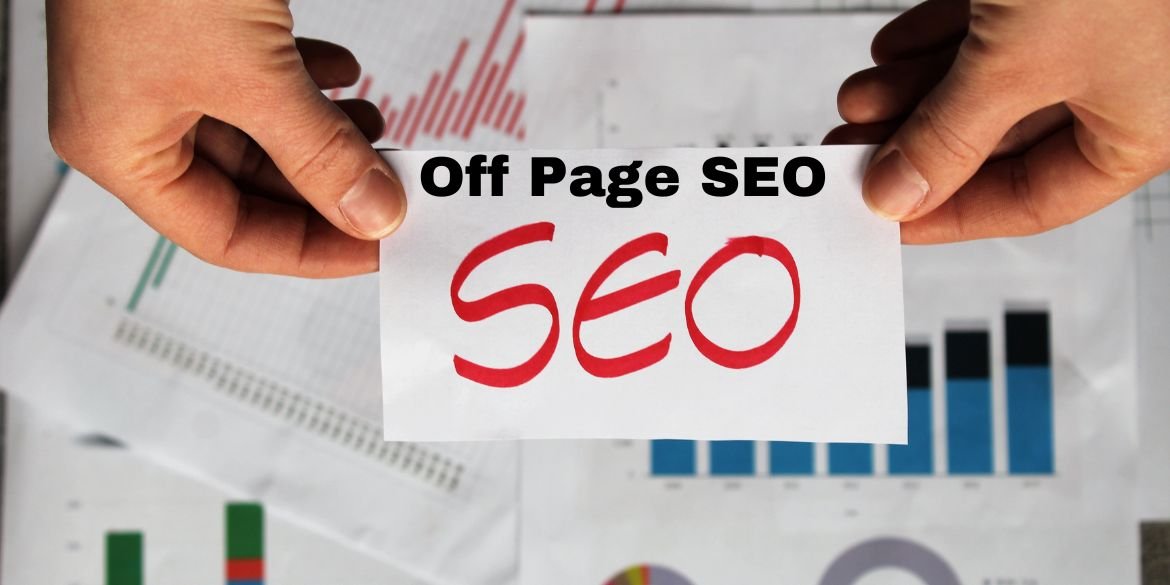 Want more traffic? These off-page SEO tips will help you rank higher and grow like a pro! ????
Want more traffic? These off-page SEO tips will help you rank higher and grow like a pro! ????
-
 The Role of AI in Modern Software Development
The Role of AI in Modern Software Development
-
 Boost Organic Traffic Through On-Page SEO Strategies
Boost Organic Traffic Through On-Page SEO Strategies
-
 How SEO Can Skyrocket Your Business Growth
How SEO Can Skyrocket Your Business Growth
-
.png) Why Digital Marketing Benefits Business Success in Charlotte NC
Why Digital Marketing Benefits Business Success in Charlotte NC
-
 Explore the future of smartphone application development with Vivek Consulting and stay ahead of the game.
Explore the future of smartphone application development with Vivek Consulting and stay ahead of the game.
-
 Crush Your Competition with Digital Marketing Charlotte NC - Vivek consulting
Crush Your Competition with Digital Marketing Charlotte NC - Vivek consulting
-
 Why Vivek Consulting Tops Charlotte’s Software Developers
Why Vivek Consulting Tops Charlotte’s Software Developers
-
 The Innovation of Smart and Inclusive UX: How AI and 5G Are Transforming Mobile Application Development
The Innovation of Smart and Inclusive UX: How AI and 5G Are Transforming Mobile Application Development
-
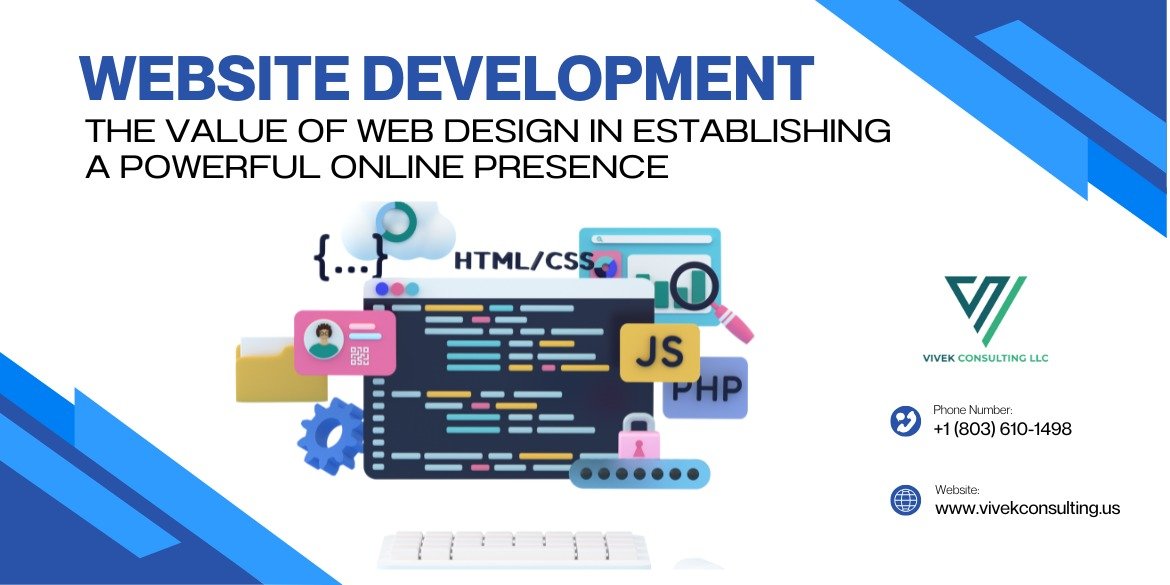 Website Development: The Value of Web Design in Establishing a Powerful Online Presence
Website Development: The Value of Web Design in Establishing a Powerful Online Presence
-
 Elevate Your Brand: Discover the Top Marketing Agency in Charlotte for 2025 - Vivek consulting
Elevate Your Brand: Discover the Top Marketing Agency in Charlotte for 2025 - Vivek consulting
